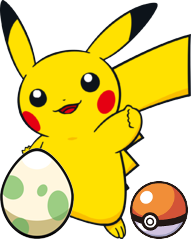-
This site uses cookies. By continuing to use this site, you are agreeing to our use of cookies. Learn More.
-

A Thorough Guide to Magic: the Gathering, Part 1 - The Absolute Basics
Discussion in 'The Lounge' started by 7Demented, Jun 14, 2017.
Tags:

